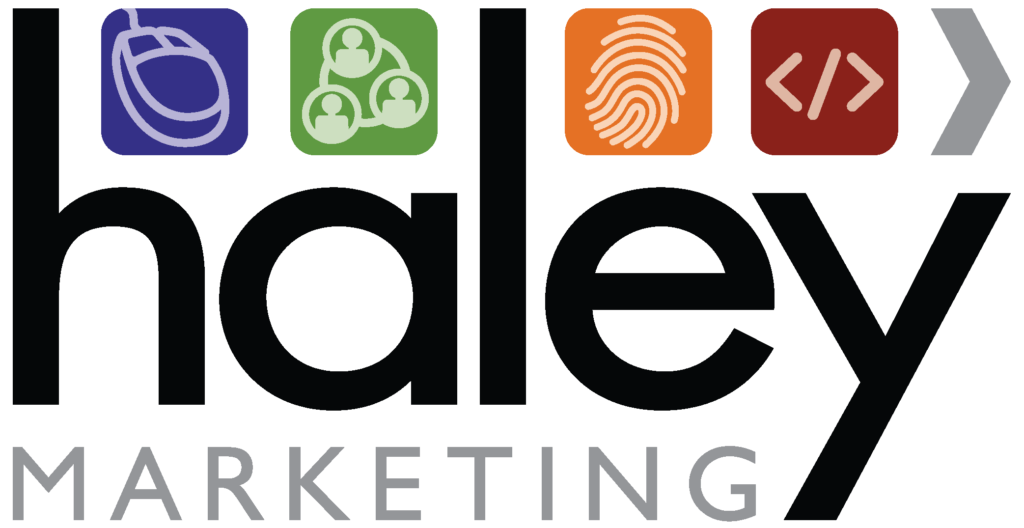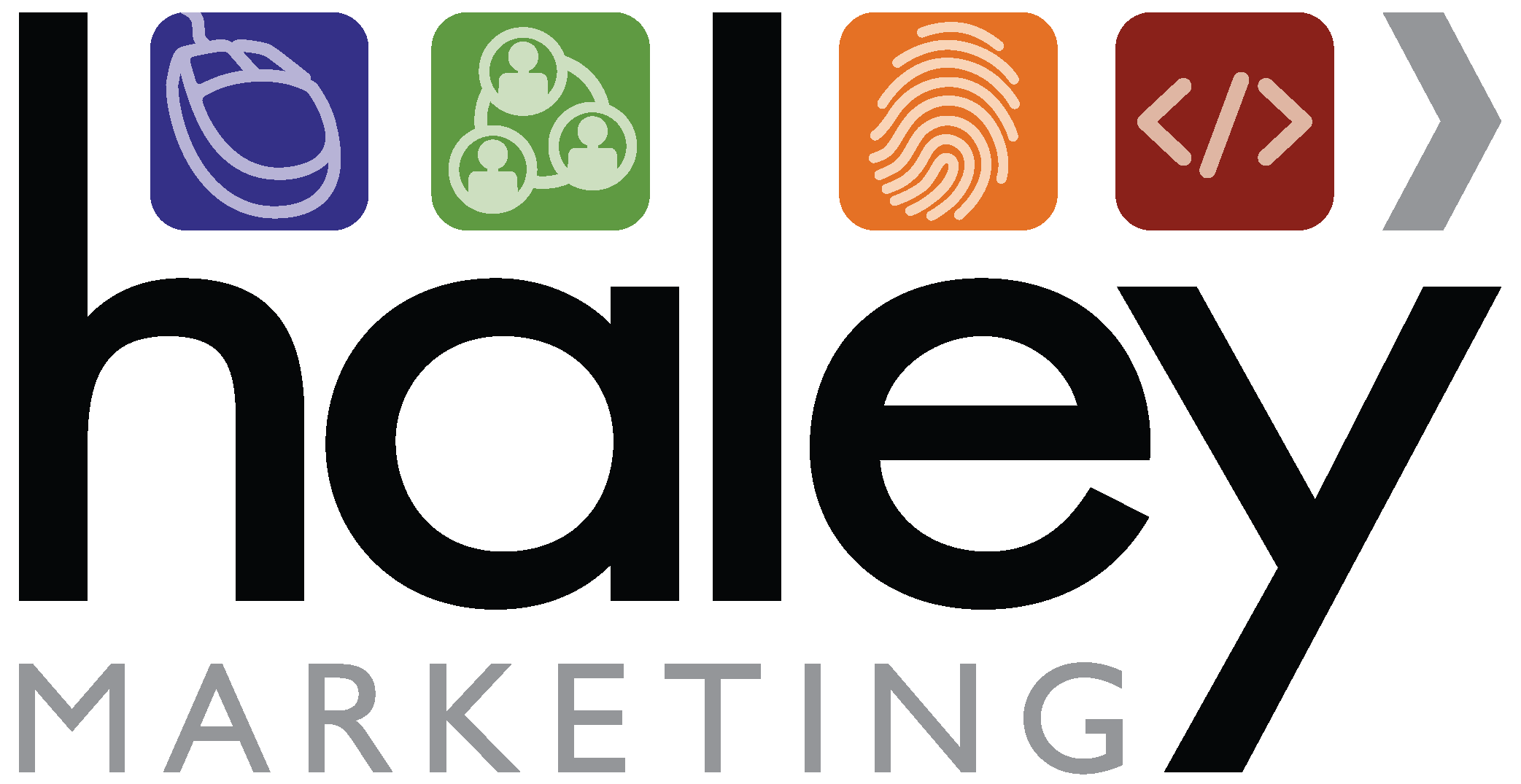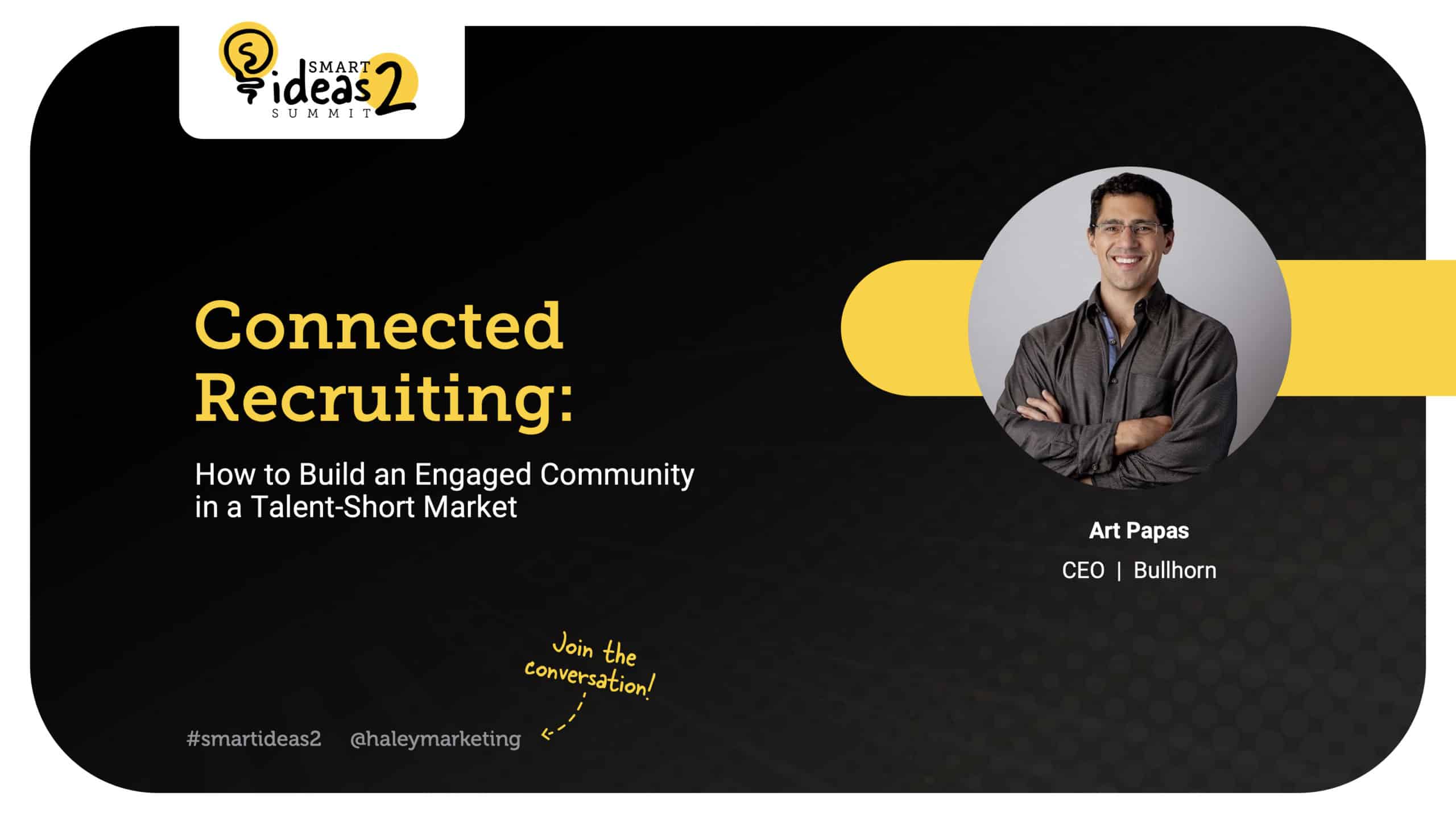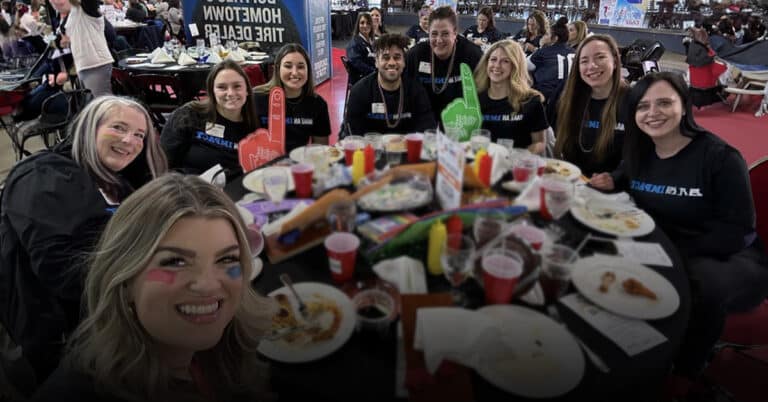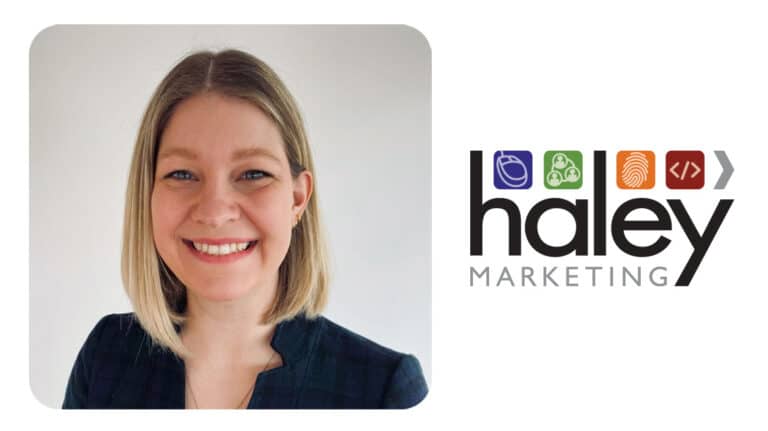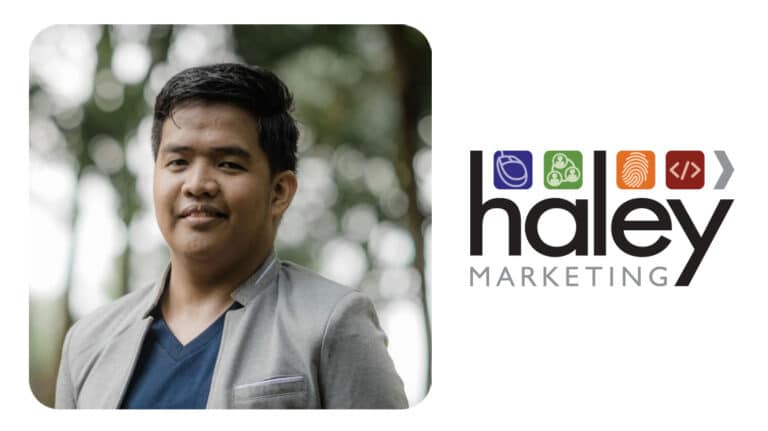Thank you to everyone who attended the SMART IDEAS Summit 2. We appreciate you making the event such a success!
If you weren’t able to attend or missed a session, we’ve got you covered. If you’d like to share or rewatch any of the presentations, keep reading:
The SMART IDEAS Summit 2 Content Is Available on Demand!
Click here to access the free recordings and slides for 14 educational presentations from some of the smartest minds in staffing. All you need to do is enter your contact information, and then click on the session of your choosing to start viewing.
Session Recap: Connected Recruiting: How to Build an Engaged Community in a Talent-Short Market
In this presentation, Art Papas (CEO of Bullhorn) discusses the concept of connected recruiting and how it can help your staffing firm build an engaged talent community – in a market where that’s harder than ever.
Video Transcript
Art Papas:
We’re going to talk about meeting the moment with Connected Recruiting. I think that a lot of the conversation so far has been about digital marketing, about tools for engagement and the availability of talent. We all know this story of what happened during the last couple of years. We went from a talent-tight market to a talent-impossible market. Now, maybe the much-debated recession, maybe that’s attenuated the availability of talent, and it’s a little more available. But I think most people that I talk to say that it’s still really hard to fill job orders.
I think that what’s happened is at the same time, there’s also this demand for talent tech. And the talent itself is saying, “I don’t want to interact with you with paper. I don’t want to send you an email with my license. I’ve been told not to do things like that. I don’t want to fill out a paper timesheet.” That’s basic, “And I don’t want to come in into your office to sign anything.” There’s definitely a big demand that I think COVID accelerated, but it’s not ending as the fears of getting COVID are subsiding.
That’s what’s really interesting, is that all of a sudden all the technology in the world is converging around an incredible consumer experience. So you’ve got all these brands outside of the staff industry, and we were just talking about some of them and what they’re doing. But they’re using digital in a very, very smart way. Even just the basics. Think about you go to get on a flight, you of course go to the Delta app or the Jet Blue app, hopefully not Jet Blue. Poor Jet Blue. And you’re going to get your boarding pass. If you’re going overseas and you’ve got to upload your passport, you do all that now on an app. You’re not getting to the airport and going to the kiosk anymore. People don’t want to do that.
These examples are all over the place. It’s also true in staffing. You’ve got players like Upwork, yes, Indeed Flex. We put Uber eats and DoorDash on here, because in a way they have the ability long term to move into staffing. They don’t do it today, but there are players say in healthcare that are all digital. And we see a lot because Bullhorn does a lot of investing.
We have a venture capital fund. We see a lot of businesses now that are coming our way that are digital staffing firms. Now we don’t invest in those because our customers are staffing firms, but we see how they’re doing. They’re very successful. And bankers bring us these businesses all the time and say, “Are you interested?” I would be, but that’s not my business.
But I look at those businesses and I say, “They’re trying to compete with our customers.” And it’s a race to get to the state where, and none of these digital businesses can compete on compliance and being a true employer of record. They all struggle there. We know this. So it’s a race to get to this upper right-hand quadrant. And I’ve talked about this quite a bit. And I talk about it every time I see anybody from the staffing industry, but what really happens is this whole notion of the staffing industry’s still operating in the same mode that they were in 1999, which is I post a job. I track candidates to my database. I place one or two of them. And then I kind of never talk to the rest of them.
They’re in my database. Maybe somebody calls them, maybe they don’t, but I don’t have a strategy for keeping them all engaged. And that’s the biggest difference between the digital players who don’t spend much money on talent acquisition. They’re not spending a lot of money on job postings. In fact, I challenge you to find job postings for Upwork or for some of these other digital businesses. Well, what are they doing? They build a community and once they get somebody in their community, they never let them go. They keep them engaged the whole time. And they find really creative ways to do that.
Building a Community – and Engaging With It
It’s not a matter of a newsletter or a blog post or a podcast. It’s a lot of different things and they find different reasons to interact in what seem like actually personal ways. So I’ll talk about this a little bit more, but the notion and a lot of customers say to me, “Oh, I need to refresh my database.” That’s scary. It means that your database got stale.
Upwork would never have that problem, these businesses would never have that problem, because there’s no notion of stale to them. They do everything they can every day to invigorate every single person with whom they’ve ever had an interaction. And so that’s a totally different mindset versus the traditional staffing mindset, which is like, “Oh, we should cleanse and update our database every few years.” It’s a daily activity. It’s an hourly activity. And so a lot of people will say, “Well, so does that mean I need an app?”
Yes you do. But an app without a marketing strategy is, we’ve been talking about all day, is not going to work on its own. You can’t just say, “Oh, I built an app,” and expect all of a sudden it’s going to be downloaded by thousands of people that interact with your business. It has to be integrated into the way that you work. So your recruiters, when they send somebody say an interview, do they send them to the app to go see it and to put it on their calendar? Or do they just email them?
Do they just text them? The same thing with offers. The same thing when it’s time for paperwork, does that go somewhere else? It all needs to be integrated. It’s like having an app isn’t a strategy. The same way that when you first started using job boards, that wasn’t your strategy, your strategy wasn’t, “Oh, now we use job boards and that’s all we do.”
An app is just another tool that you have just your website. Think of it the same way. So it’s a tool to be honed and to be used as part of an overall talent marketing strategy. And so the way that we think about this is this notion of connected recruiting, which is you start with, you attract somebody into your network, into your community. You engage them, hopefully you onboard and place them.
But if you don’t, you’re constantly nurturing them. And if you do onboard them, you continue to nurture them even while they’re on assignment. And so the way this works is it’s this virtuous cycle, where you can over time spend less and less money on the attract part, which is extremely expensive and time-consuming and it’s this wasted work. And instead you focus on building a virtuous cycle.
And the way that we think about this is you’re going to, first, you have to, in order to get to a connected recruiting, ideal end state, you digitize, you have to use automation and then you have to empower with self-service. Those are the three things. If you’re still using paper, there’s no real way to get engagement. If you don’t use automation and we’ve talked a little bit about automation, everybody’s been mentioning it. If you’re not using automation, then you’ve got say … you’ve got to just be able to actually call somebody to action with an email or a text message to say, “Okay, I want to drive you to do something online.”
And then if you don’t have self-service, which is the empower bit, then people are going to get frustrated and work with your competition, whether it’s one of the digital players or whether it’s a traditional staffing agency, who’s employing self-service technology, because let’s face it, even just as simple as onboarding documentation. If that’s a bunch of scanning things into and faxing, that’s super cumbersome. The competition’s going to win out if their onboarding’s easier, faster and slicker.
And so the way that to think about this is it’s not like you turn on a bunch of tech and you enable a bunch of tech. “Oh, I implemented automation and I now I’m blasting out emails.” It’s really more like an iterative process where you say that, “I think I can improve my placement rates by submitting candidates to multiple jobs. And the way I’m going to do that is I’m going to build an automation that automatically suggests to the recruiter anytime a candidate is submitted to a job. I’m going to suggest three other candidates who look similar, who could also be submitted to the job. And so I’m going to basically try to … or I’m going to take that candidate and I’m going to send them to recruiters who have similar jobs and get that candidate submitted in a number of different places.”
And so basically, you start with what’s our rate of placement today, or what’s our rate of submission today? And you test out something. Maybe you test sending the recruiters five matches or four matches or 10 matches or 20. And then you test, did it get better? Did we do better? And then you come up with another test. Okay. I did four. What if I do six? And then you test again. Did it get better or worse?
Actually, we found sometimes if you send a list of 20, the recruiter looks at it and says, “I’ll look at that later.” And they never look at it. So more is not always better. You have to test, measure, learn. And so once you do that, you can get results like Triple Crown did. And they got this amazing outcome. They get a three X redeployment, three X on their redeployment rate.
And they did that simply by doing what I was just talking about, which is looking at anytime we submit a candidate to a job. Let’s try to submit that candidate to one other job and we’ll use automation to do it. And interestingly, instead of sourcing most of their placements from LinkedIn or from job boards, 91% came from their community. So it’s a really interesting, huge ROI there.
Automation + Self-Service
And this is what happens. These are the areas where we’ve seen customers use automation together with self-service to deliver this incredible talent experience and drive up the key metrics in your business and drive down the things that are negative in your business.
No-show rates, drive down time to fill. Drive up things like database engagement, talent satisfaction. These are the things you can do it. And it’s a pretty broad spectrum of areas. And this isn’t a comprehensive list by any stretch of the imagination, but here’s the thing. We’ve got now, billions and billions of automations and our customers are using those automations to drive people to self-service tasks.
And you think about that, billions of automated tasks firing off, and we’re not talking 10,000 customers using automation. It’s thousands of customers using automation. But to have billions of automations means that they’ve taken the time to automate all of this stuff in their business so that they can meet the moment with the talent who’s demanding a better talent experience.
And so everybody has said, “Oh, you need to be using automation.” Absolutely. This is definitely the trend. We’ve seen automation go from a very small subset of the market using solutions to almost, I would say maybe a third of the industry now is adopting this technology. So it’s still relatively early in the game. So if you’re on this webinar saying, “Geez, am I the only one left not using not using …” No, most people are still not using automation, which is wild. It is 2022.
And some of the techniques are relatively simple. A lot of it is email marketing, a lot of it is your standard text messaging, things like that. These technologies are not new, but using it in the staffing context is, and that has become the opportunity. And so automation together with self-service to empower people, to work the way they want to work and to engage with you the way they want to engage.
Meet the Moment with Technology
Last point I’ll make, we have to meet the moment with technology so that we can engage talent and build relationships. Because a lot of people think that, “Oh, if I use technology, I won’t be interacting directly with the talent and I’ll lose that engagement with the client and the talent. And I need that.” You absolutely need that engagement. When we survey the talent, they tell us they don’t want to communicate with you in one way.
They want an app for things they want an app to do, like filling out paperwork, doing time cards. They don’t want to call you and have to read their timecard to you. But they do want to call you when it’s time to talk about compensation. They do want to call you and talk to a real live human when they’re having trouble making a decision between one opportunity and another. And they do want to call you if they’re having a problem with their hiring manager. There’s not an app for that.
So I think that’s an important distinction, that this is about meeting the moment with the talent, interacting, the way they want to interact so that your talent internally is free to build those relationships, build trust, build credibility, and ultimately do more business.
Really the technology should be thought of as a force multiplier for your talent to help make them much your internal talent for your recruiters, to help them make them seem like they’re everywhere all at once. But then when the talent really needs them on the phone to have a conversation or even get together in person, they’ve got time to do it. So that’s what we mean by meeting the moment. So maybe there are some questions.
David Searns:
Awesome. Thanks, Art. It was great. You want to turn off the screen share and we’ve got a couple of questions that have come in.
Art Papas:
Great.
David Searns:
All right. So one very practical for you. What programs would you recommend to start out with someone just getting going in automation and self-service technology?
Art Papas:
Yeah, so Bullhorn, we have our own automation tools that sit on top of the Bullhorn platform and they’re directly integrated in, so that you can set up campaigns to go out. They can go out from the recruiter. They can go out as text messages or email. So we have our own software that does that. And there are other players that do that as well. And they’re partnered with Bullhorn and so they can integrate as well, if people want to look at the other players out there.
David Searns:
There’s some great companies in the marketplace, as well as Bullhorn’s tools. Related to that, we’ve got a question, do executive and management level candidates want to connect with automation differently?
Art Papas:
What we’ve found is that executive talent wants automation around anything paperwork related. They don’t want to be bothered. They want self service, they definitely don’t want to have to email or fax things. And sometimes they’ll hand it to their assistant, but they certainly want it to be frictionless. And so removing the barriers there, or I think is really important.
And the same goes for high end professional. They want self-service for things. They want a mobile app for certainly entering time. And at the executive level, you’re not entering time, but certainly you’re dealing with paperwork and things like that. They’re not going to go on to a mobile app and look at opportunities. That’s a little different. But they do hearing about opportunities in their inbox. And so sometimes people think automation is like … I don’t know what people think it is, but they don’t think it’s necessarily about, here are five jobs that are a good fit for you.
Even executives like that. Maybe with executives, it’s one job. Here’s the top job that … or a lot of executive recruiters do things like, I’m currently working on finding somebody for this role. It happens to match. This person happens to be the CEO. I’m emailing CEOs. I’m asking them if they know anybody. That’s usually a good way executive recruiters get somebody to raise their hand themselves. So there are all sorts of techniques. And it’s all the marketing techniques that recruiters do every single day. How do you automate those? Right? So you don’t apply the same techniques that you use in industrial to IT, and you don’t apply the same, just the same way you have different recruiters doing those activities typically. Right?
David Searns:
That makes complete sense. Your response to that question made me think a little bit with light industrial candidates versus executives, have you guys done any research, have you found there’s different hours of the day, different candidates want to engage with the staffing company, with the automation? Because I was thinking the example, I was just asked of an executive. Well, they’re busy on a long work day. You’re not going to get ahold of me to recruit me in the middle of the day. I might follow up on it at night, but now no one’s available. So have you guys actually seen if that’s true or false?
Art Papas:
And so that’s a great point. I think the beauty of automation is it can work while you sleep or it can work while your recruiters are not working. We have seen people do interesting things with that, where what they’ll do is you can use a chat bot to basically say, “Oh, I’m just a coordinator, but I’ll set up a time for you to talk to Art in the morning.” There’s all sorts of interesting ways to sort … or, “If you send me some of your availability, I’ll make sure one of our account managers reaches out.”
There’s all sorts of interesting little tricks they can do. But I think the benefit is that you can test, match or learn. And so you can say, “All right, I’m going to send these automations out to executives at … I’m going to try one in the morning and see what happens. Is that better than 6:00 PM?”
It might be, because one in the morning it might be the top thing in their inbox when they wake up, or maybe you send it at three in the morning or four in the morning, but nobody can tell you whether or not that’s going to work for your audience until you try it. And so you try it, you measure the results and then you see what works and you need good analytics to be able to measure the results, obviously. And sometimes you just know, “Hey, what did we do? All this sudden the phone’s ringing off the hook and I’ve got all these emails. This is great.” Sometimes it’s just plain obvious. In the Triple Crown case it really, they really kind of struck gold there after a few attempts.
David Searns:
Yeah, I can see, it’s funny. You mentioned you test and this is not a statistically relevant comment I’m about to make. But I have noticed if you want to get a hold of a business owner, nine or 10:00 PM on a Sunday night is almost guaranteed because they’re cleaning out their Monday inbox and they’re all online working late Sundays. So if I want to get executives, that would be a time I would look. With these apps, this is more of a technical question, but we’re seeing some companies have more native apps that people have to download. Some companies are web apps. Is there one better than the other?
Art Papas:
Both.
David Searns:
I was afraid you were going to say that.
Art Papas:
Yeah. I think for frequent use, the more frequently something is used, the more somebody’s going to want an app and especially if speed is important. So speed starts to come into play. If I have to punch in and punch out 10 times in the day, doing that via I have to find an email in my inbox, click on the URL and go, that’s frustrating. But if you’re saying, “Oh, hey, check out this job order. But I have to download the app to do it.” That doesn’t work either.
That’s better off to be a web link. And what we found, there’s the deeper you get into the engagement, the closer you get to onboarding, the more they want to actually have a functioning app. And once you get past onboarding, they definitely want, if they have to have regular interaction with you, they want an app for that.
David Searns:
Yeah. That makes complete sense.
Art Papas:
Doesn’t have to be native, but ideally you start to get, especially if they’re like punch in, punch out, punch in, punch out. That kind of thing.
David Searns:
Now you mentioned chatbots and I know robotics and that level of automation and AI is kind of up your alley. So I was at an AI and marketing conference a couple weeks ago, saw some fascinating technologies. But when you talk to chatbots and somebody mentioned with the executive level candidates, most people can spot a chatbot.
Art Papas:
Yes.
David Searns:
And the chatbots either can answer the real questions they have or they get lost. But how far do you think were away from chatbots being able to facilitate real Q and A?
Art Papas:
That’s a tough question to answer. And it’s a great question. I think I go back and forth on this because, and we’ve all seen these examples of AI doing really great stuff, but then we go to interact with these things and they’re horrible and useless. And you quickly are like, that’s a chat bot, get me to a real person.
But the other day Gordon Burns, our CMO said he used one of the GPT3, one of these AI based content writers. And he asked it, “Write me a blog post about the difference between traditional agency recruiters and gig platforms.” The thing came back with four paragraphs of cogent arguments that while the traditional agency recruiter has isn’t digital, it’s not self-service, however there’s benefits because they’ll hold your hand and they’ll select the talent for you. You have to select the talent.
It was like, this is better than what’s some junior marketer at Bullhorn could probably produce. This is crazy. So I don’t know. Is it coming eventually? Maybe. The tech is hard. It’s really hard, but it’s that we’re making strides with AI that give you a sense that the robots are coming to take over. Right?
David Searns:
That’s right.
Art Papas:
But then, my car can navigate on the highway, but it’s my wife’s like, “You use that thing and we’re going to die.” And she’s right. It veers out of the lane. It’s very … no, it’s not good. So I don’t know.
David Searns:
The keynote presenter was a gentleman from Google and he said they have, and it might have been the same platform you just mentioned, but that where they’re teaching it conversational capabilities. And they said they’re now at the level that the Google bot can have a conversation with someone at the level of a college student. And they didn’t think they would be at this level for five more years. So it’s coming fast and somebody just did asked, what was the name of the writing platform you mentioned?
Art Papas:
Yeah. I’m asking Gordon. All right.
David Searns:
All right. Well, if you can get it great. If you can’t, I’ll let you off. Don’t worry about it. We’re just before the end of the hour. So Art, thank you so much. If somebody wants to learn more about Connected Recruiting and all the things Bullhorn can do, where should they go look?
Art Papas:
They can go to bullhorn.com.
David Searns:
Awesome. Yeah, there’s a lot of really good information. We were really privileged to be part of the kickoff of the Connected Recruiting last spring and fantastic information. Art, Thank you so much. It’s been a privilege.
Art Papas:
I think they could also go to no bullhorn.com/connectedrecruiting. That’s right.
David Searns:
Somebody just shared it for us. Awesome.
Art Papas:
Thanks Catherine. I knew she was going to correct me. I was like, there’s better URL than just the website.
David Searns:
Awesome. Well Art, thank you so much. It’s just a huge privilege for me that you were able to join us for today. And hopefully everybody got a lot of great value.
Art Papas:
It was my privilege, David. Thank you.
Looking for more from the smartest minds in staffing?
Gain access to the free recordings and slides for 14 educational presentations from the SMART IDEAS Summit 2.
